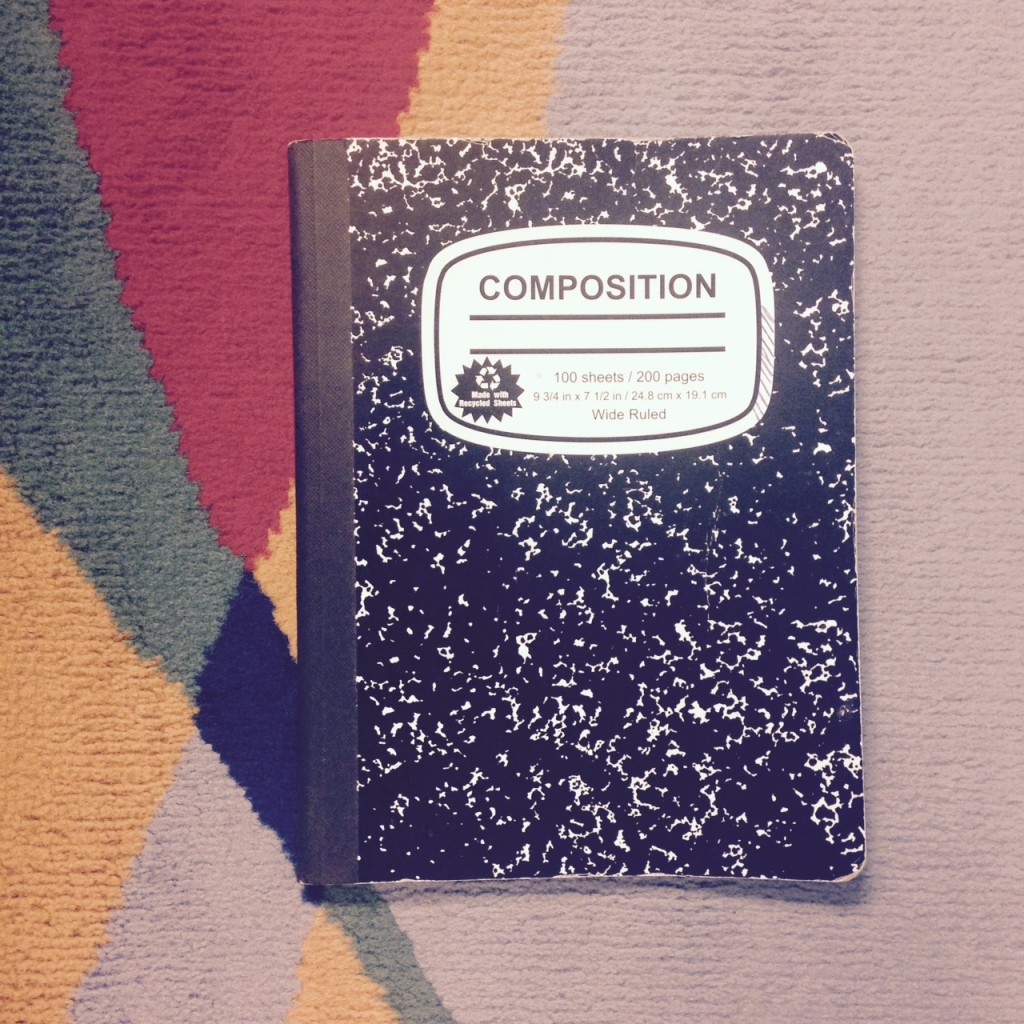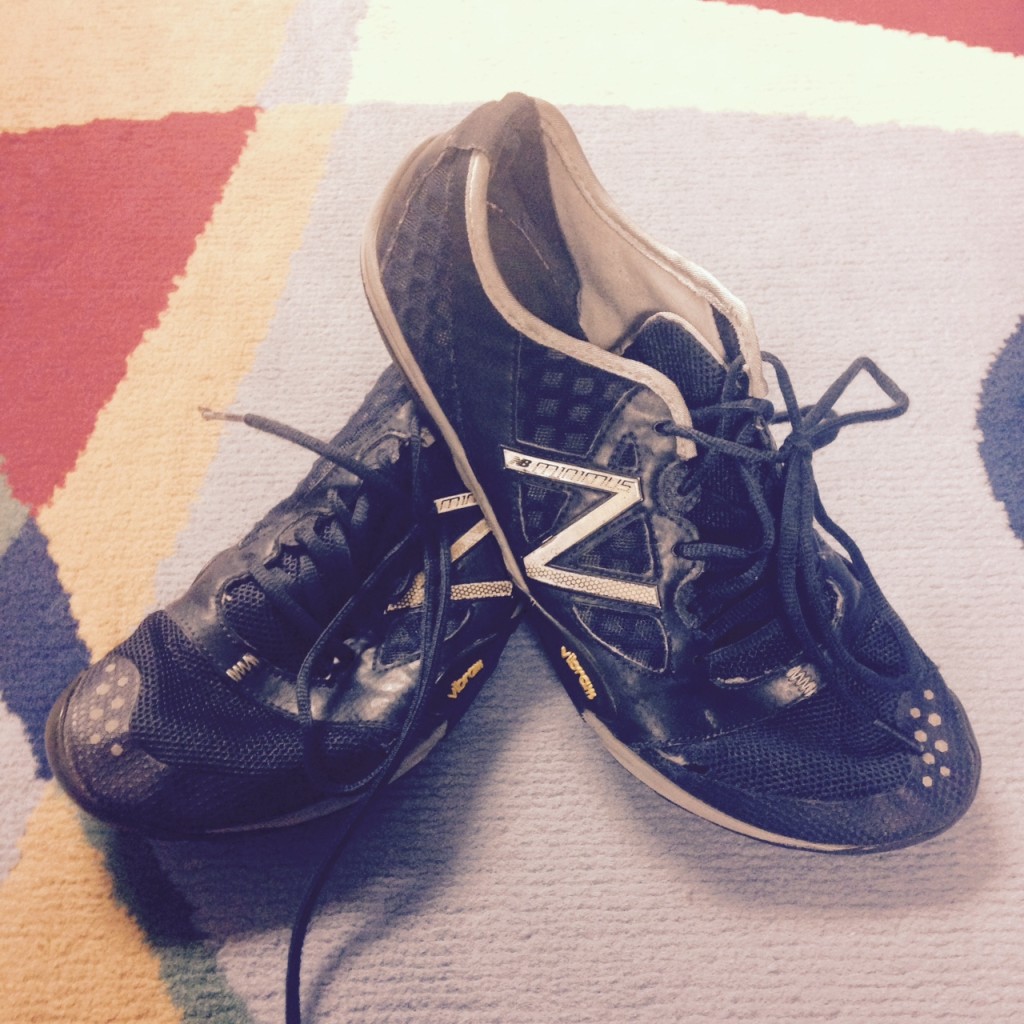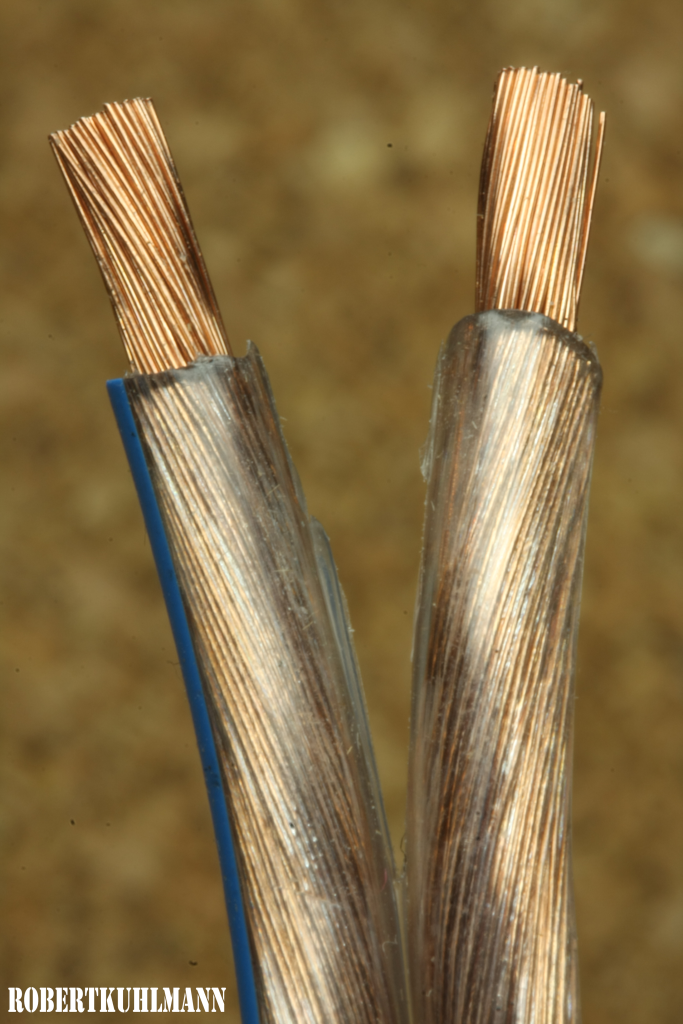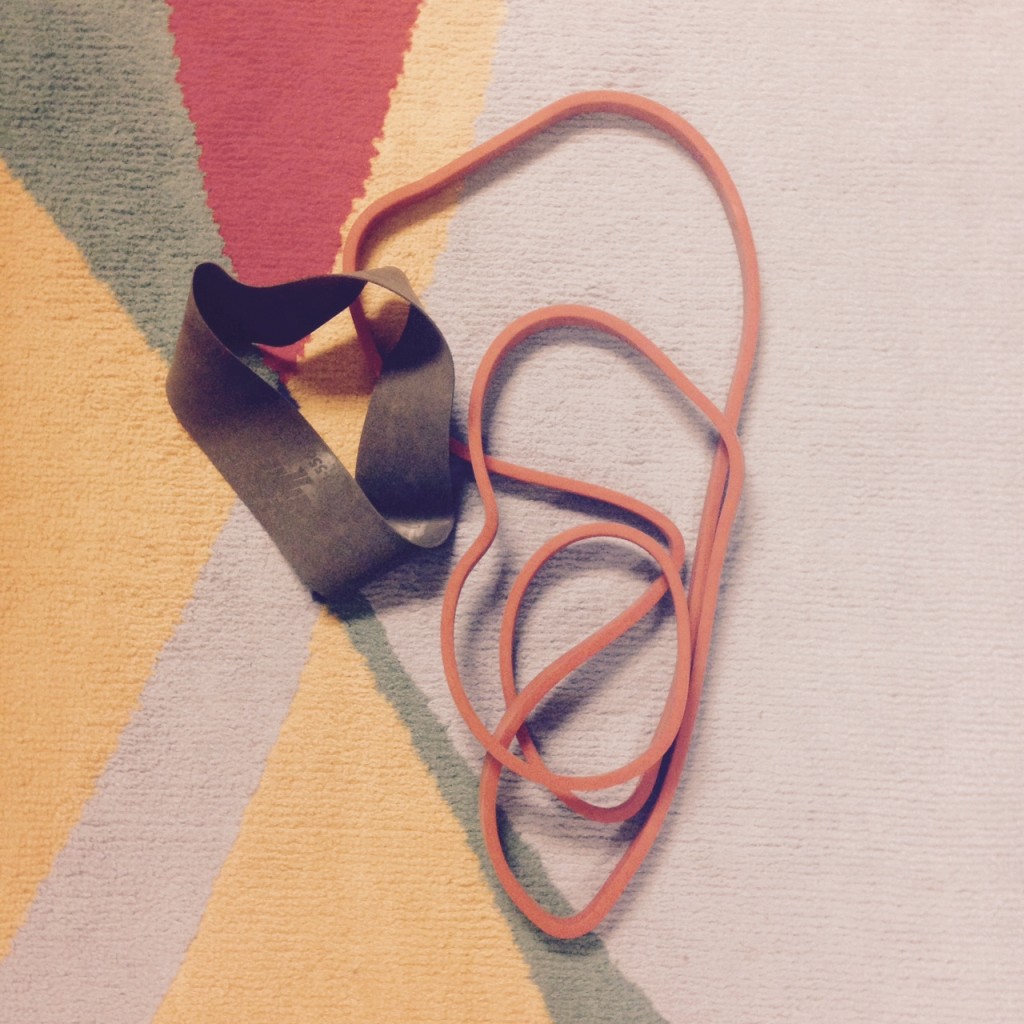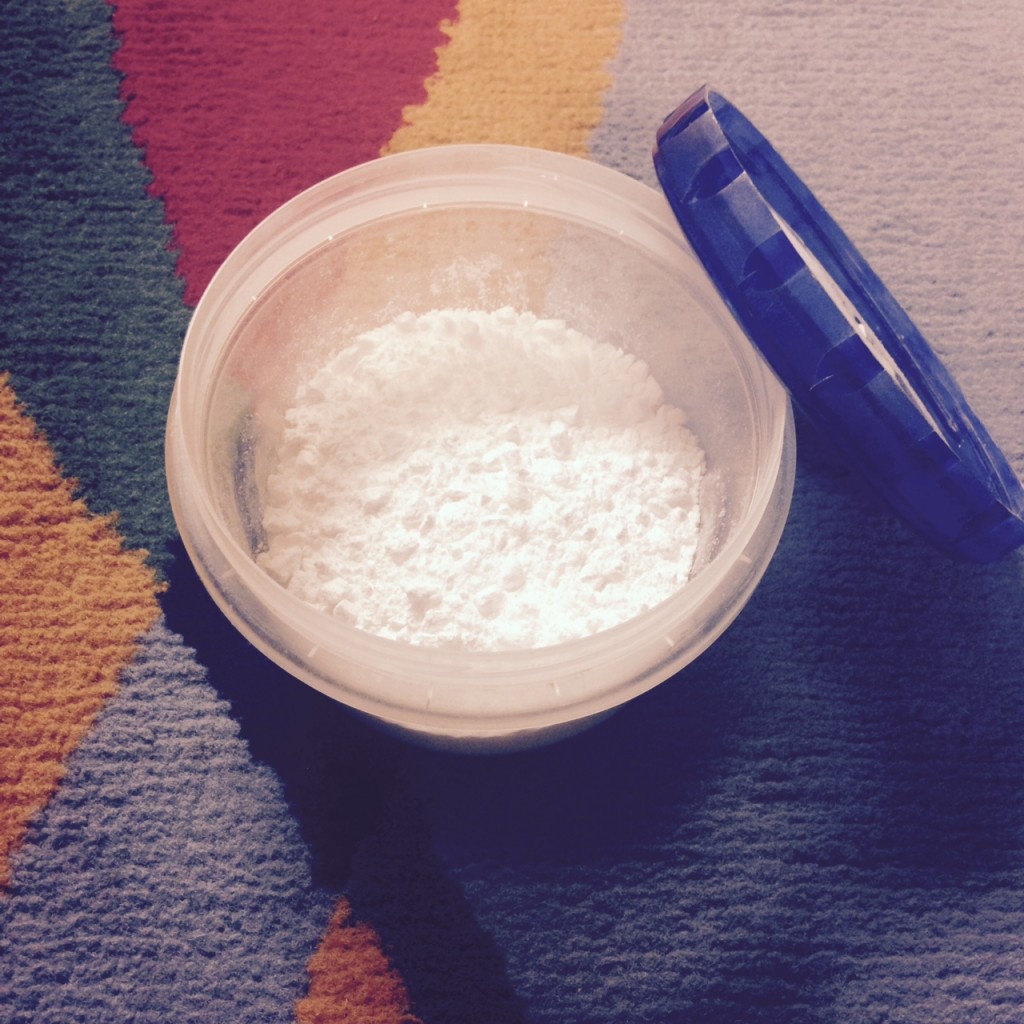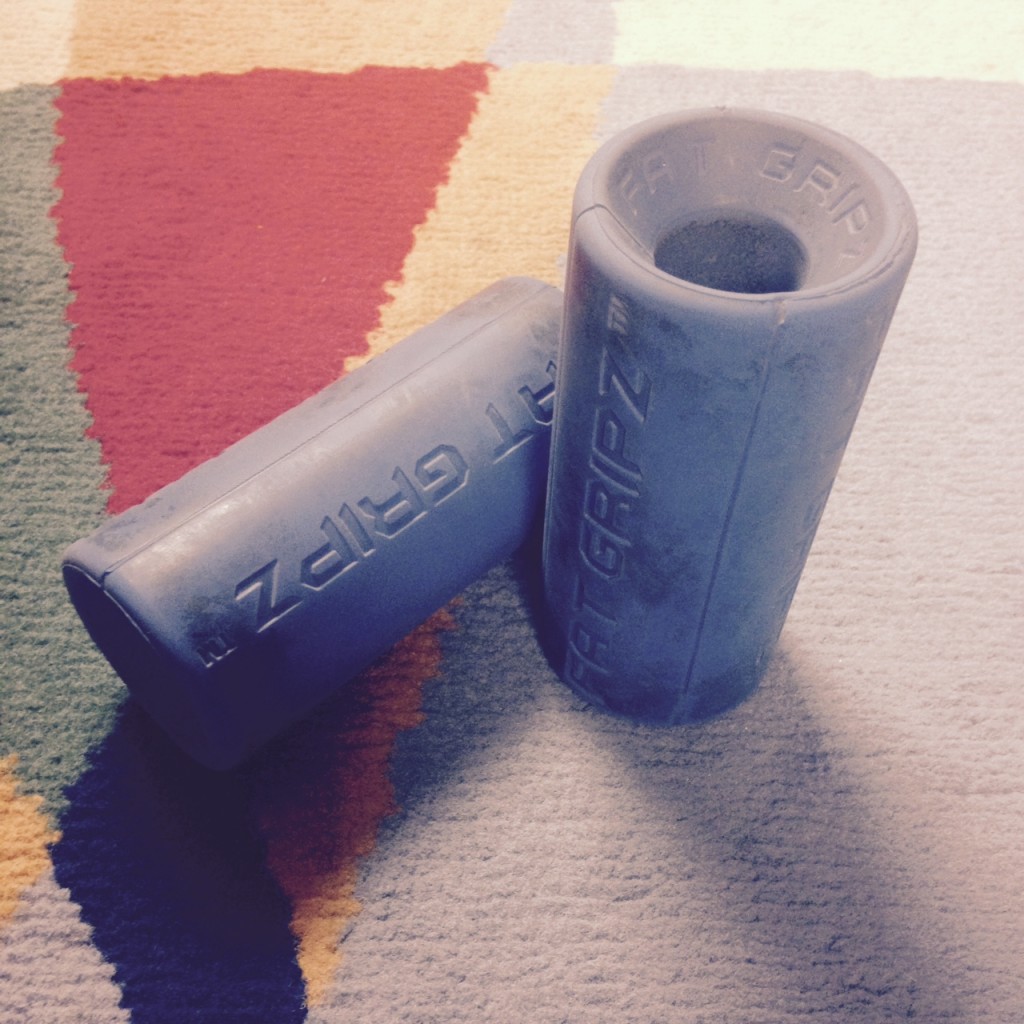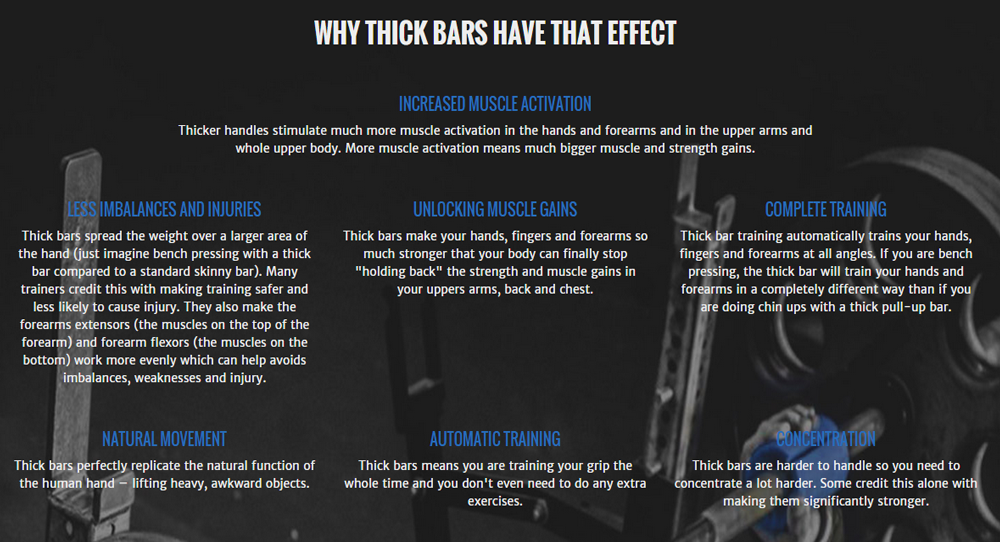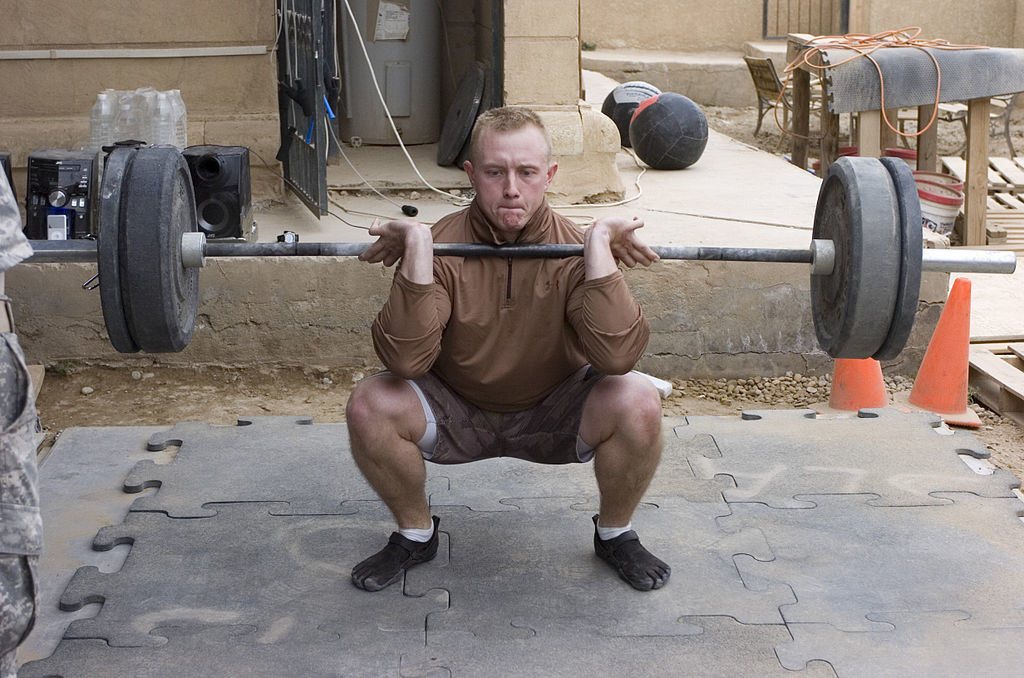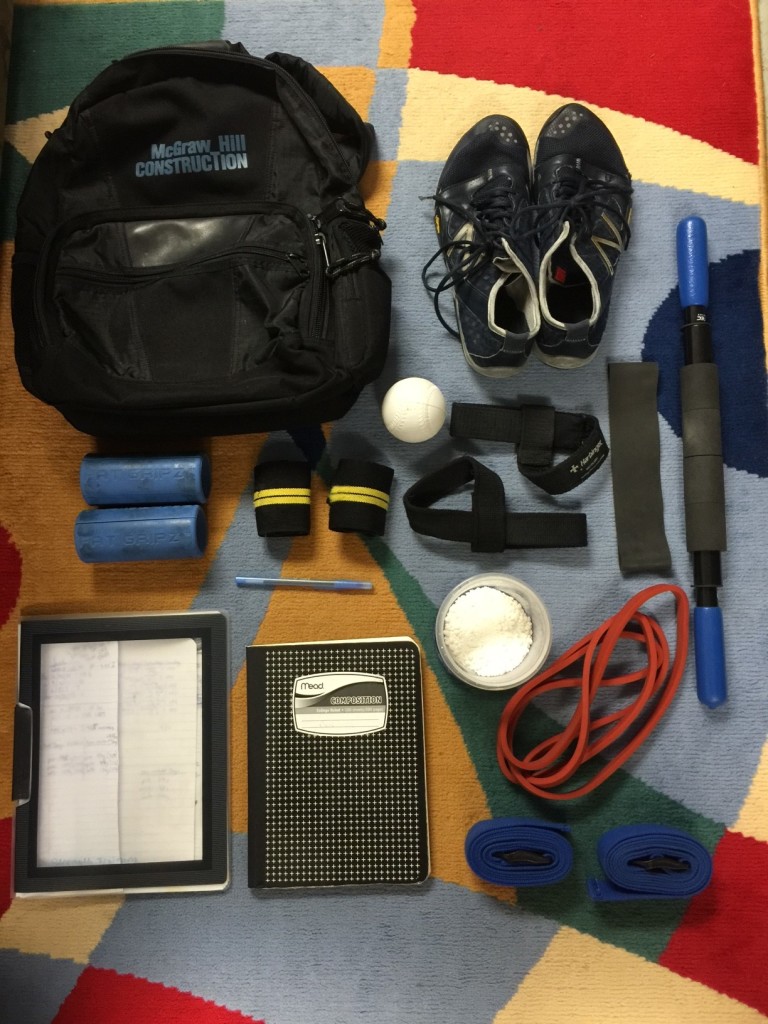 Gym bags are probably one of the most important tools to bring with you into the gym.
Gym bags are probably one of the most important tools to bring with you into the gym.
Ok, maybe you can argue that but it’s always important to be tidy.
Having a gym bag allows you to keeps everything together so you’re not all over the place. You can keep whatever you want in your bag and take everything with you around the gym.
You can even use it to make sure your equipment doesn’t get snatched.
I’ve been taking gym bags to the gym ever since I was of age to go to one. On my first day, I remember having my string gym bag with my protein shake and training book.
Over the years, my bag has grown into a bigger and more bad ass version of my original gym bag.
And, to be honest, ALL of the tools in my bag have helped me tremendously in my warm ups and in certain situations where I needed extra help in my mobility or needed to create a new training stimulus.
If you don’t already carry a gym bag every time you step foot inside the gym, I recommend that you get on that and buy one.
So now that we got down the importance of the actual bag, let us get into the importance of the tools that the bag carry’s.
1. Training Book
This tool is number 1 for a reason.
If you fail to plan, you plan to fail. It’s really important that you go into the gym with a plan to follow. Nothing’s worse than walking around the gym confused and copying what you see other people doing.
It’s okay not to know. You just have to be able to ask for help.
But if you’re too proud to ask for help I suggest doing your research and creating a plan that will help you reach your goals.
If you don’t have time for research then hire someone that can take the guesswork out of the planning and all you have to do is follow.
Whatever you decide to do just make sure you have a plan and you follow it.
I don’t think I need to go into the importance of having a plan that is designed properly. Anyone can throw a couple of exercises together, make you sweat, and call it a workout.
You have to make sure you have the appropriate exercises for your fitness level, proper parameters for your goals, and proper programming of intensity, volume, and frequency for not to burn out your central nervous system so you can recover faster and make progress quickly.
2. Workout Shoes
The kind of shoes you wear for your specific workout is very important.
I’m no expert about proper shoe wear other than for myself, so I dug deep into the interwebz to try and find some information on the type of shoes I favor the most, barefoot training shoes. This was my favorite article that really went into the benefits of minimalist shoes, take a look after you finish reading the post. (Click Here)
This tool is important because with the proper shoes you can build stronger feet, which will strengthen everything else above them (your whole body).
I like to wear New Balance Minimus. I’ve had these bad boys for around 2 years now. They’re kind of getting to their last stages but after two years of constant beatings they definitely stood up to the challenge.
For my next pair, I’m definitely staying with this type of shoe. The Minimus is great because you get the benefits of almost walking barefoot without the awkward look of the Vibram Five Fingers.
3. Myo-Fascial Release Stick
I like to call this tool the “Magic Stick”, it’s the love doctor.
Or more like Love/ Hate doctor. The only way I can describe myo-fascial release is that it hurts so damn good. Sometimes the pain can be almost unbearable but at the same time you’re releasing tension so the pain dissipates in a way that feels really good.
Everyone that I introduce myo-fascial release to feels the same way.
If you’ve been lifting for a while you’re most likely aware of what myo-fascial release is. It’s important if you want to keep lifting in your later years.
You see, myo-fascial release is the breakdown of trigger points in your fascial.
The fascial is a sheet of connective tissue that wraps around each individual muscle.
So for example if you’ve ever seen a thick copper wire cut in half you’ll notice that it resembles your muscles. The wires are your muscle fibers and the rubber that holds the copper wires is your fascial.
This rubber that’s holding all the copper wires (muscle fibers) together is what we’re working out when we use the “Magic Stick”.
Like I mentioned earlier the goal with the magic stick is to find trigger points and massage them out.
So what causes trigger points?
The usual culprit for the cause of trigger points in facsial is not stretching and sitting for long periods of time.
When these two are coupled that’s when immobility occurs, and the reason for immobility is because you’ve developed trigger points on your fascial that’s causing restrictions in the muscles.
So before your warm ups roll the stick over your legs, calves, and lower back. Release some of the trigger points and your warm-ups and workouts will be that much better.
You can also use a foam roller if you don’t have access to the stick. The reason I have the magic stick is because I can take it anywhere, I put it in my backpack and I’m good to go.
4. Resistance Band
I use this band for a lot of things. Most of the time it’s for warm up and pre-hab purposes but this band could be used for plenty of other things.
I’ve been using resistance bands since freshman year of high school. During my time training under Coach Mckenna, my high schools Strength Coach, we used thick bands to warm up and cool down with.
This is where I got my first taste of bands.
They’re a great versatile tool that could be used for a lot of different things in the gym.
For example if you’re a beginner you can use a thinner band to help you with pull ups (these are called assisted pull ups).
If you’re a powerlifter and want to work on your lockout strength, then throw on some bands.
Or if you’re like me, you can use bands to do some shoulder mobility work. You can do shoulder dislocators, band pull aparts, scarecrows, shoulder retractions, the list is endless.
Resistance bands are a great tool to have and I suggest you get one as well. Start with a lighter resistance and if you need to you can buy heavier ones as you get stronger.
4. Lifting Chalk
This has been a life saver for me plenty of times.
Chalk is meant to dry your hands up when you’ve been sweating throughout your workout and need help getting a better grip on the bar.
I love the raw, strong grip feeling that chalk allows you to get on the barbell. It’s awesome and I recommend using chalk before giving into lifting gloves.
There’s a reason why I’ve never worn lifting gloves and it has to do with the amount of muscles your body activates during a lift.
See when you wear lifting gloves you create a wall between your skin (which has millions of nerve endings) and the bar. This allows for far less proprioception to take place, which means your brain won’t activate the appropriate amount of muscle fibers it needs to in order to lift a certain amount of weight.
So in layman’s terms, you don’t actually lift the weight your body is capable of lifting.
This is bad news bears if your goal is to get stronger.
Ditch the gloves and optin for some chalk. It’s way better for your results and you’ll toughen up your hands, which is never bad.
Everyone needs tougher hands. We use them for EVERYTHING.
5. Fat Gripz
Fat Gripz are awesome.
They’re a cheaper way of having access to thick bars. Which is important.
Why?
Well besides being the best tool for increasing your grip strength, lifting with thick bars take a lot of pressure off the elbows and allows for more activation of the muscle fibers.
Don’t take my word for it, it’s right on the Fat Gripz Website.
I’ve used this tool for a lot of different exercises but my most favorite exercise to use Fat Gripz on are Farmer Walks.
Nothing beats your forearms more than holding onto 200 pounds without being able to fully close your grip.
Strong Grip = Strong Body
If you have a weak grip definitely add this tool into your bag.
If you have a strong grip, DEFINITELY add this tool into your bag. Not only will it keep your grip strong, like I mentioned before, it’ll alleviate some pressure off your elbows and shoulders so you can keep them healthy.
6. Lacrosse Ball
The Lacrosse Ball is another myo-fascial release technique.
I tend to use the lacrosse ball when I’m rolling out smaller muscles and want to have pin point access to the trigger point.
Because the lacrosse ball is a sphere, it’s a lot easier to target trigger points rather than using a form roller or the stick.
The muscles that I usually target with the lacrosse ball are my glutes, chest, traps and deltoids.
You can use the foam roller or stick to get the rest of your body.
7. Wrist Wraps and Straps
The reasons I use wrist wraps are for personal reasons.
Ever since I was 16 I’ve had fluid in my wrist, it’s called a ganglion cyst.
I’ve had it removed surgically 4 years ago but unfortunately it grew back and I still have it to this day.
So I use wrist wraps, they help maintain a neutral position in my wrist during pressing movements.
Since my range of motion is limited during dorsiflexion, using wrist wraps makes it easier for me to perform heavy pushing exercises. I also use straps, but not for grip assistance, I’ve found that straps work great for front squatting olympic style.
You see, my ganglion cyst doesn’t let me perform olympic style exercises like the dead clean. Since I have a limited range of motion in my wrist, I can’t comfortably catch the barbell on my shoulders.
As you can tell from the picture above the wrist is fully dorsiflexed at the bottom of the dead clean, which is also a front squat. I prefer front squatting olympic style rather than body builder style and straps allow me to do that.
I try to limit my use of wrist wraps as much as I can though. Using artificial support can and will lead to weaker joints if you rely solely on them.
It’s best to use wraps of any kind when you need it MOST. Other than those times, its important to work on mobility and strengthen the actual joint.
There’s not one day I go to the gym without my bag. After 11 years of having one it has become part of me.
What do you keep in your bag?
If you think I should add anything else into my bag let me know in the comment section below.

